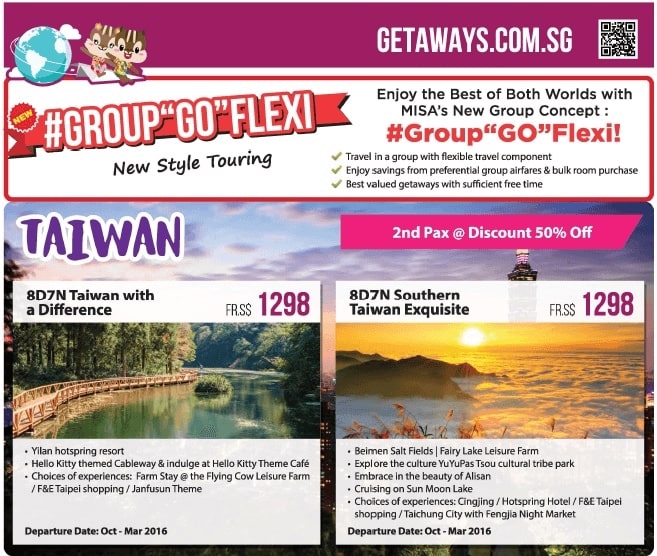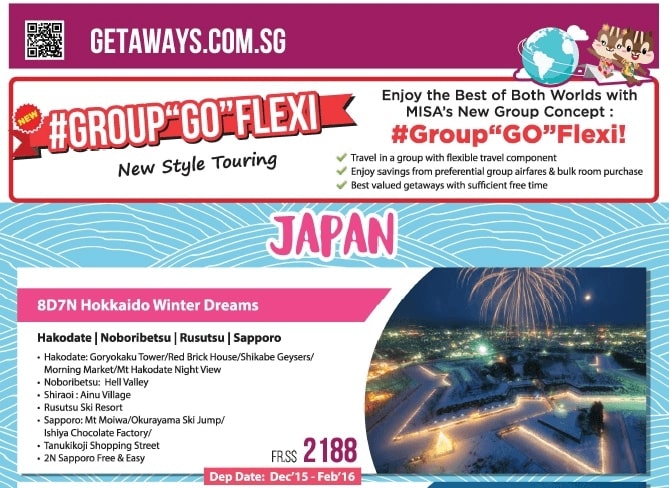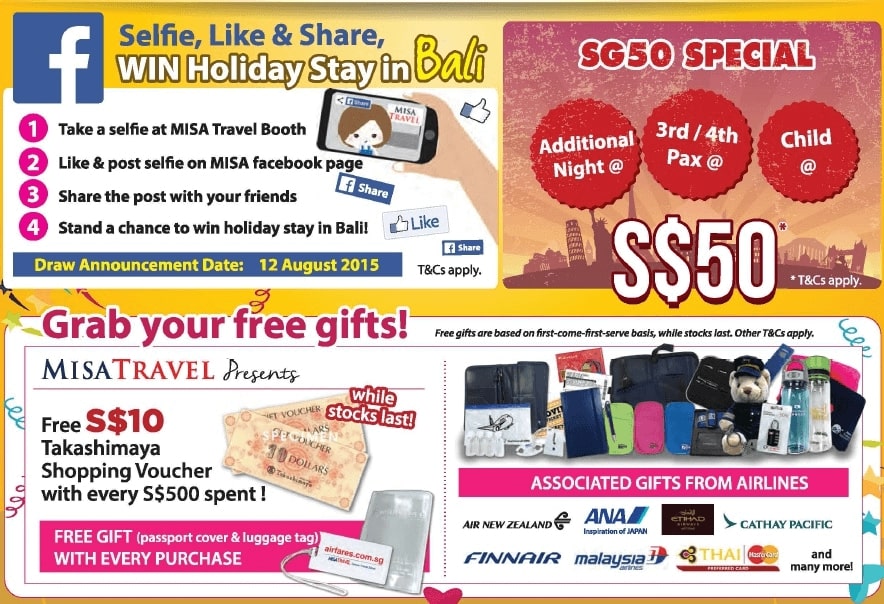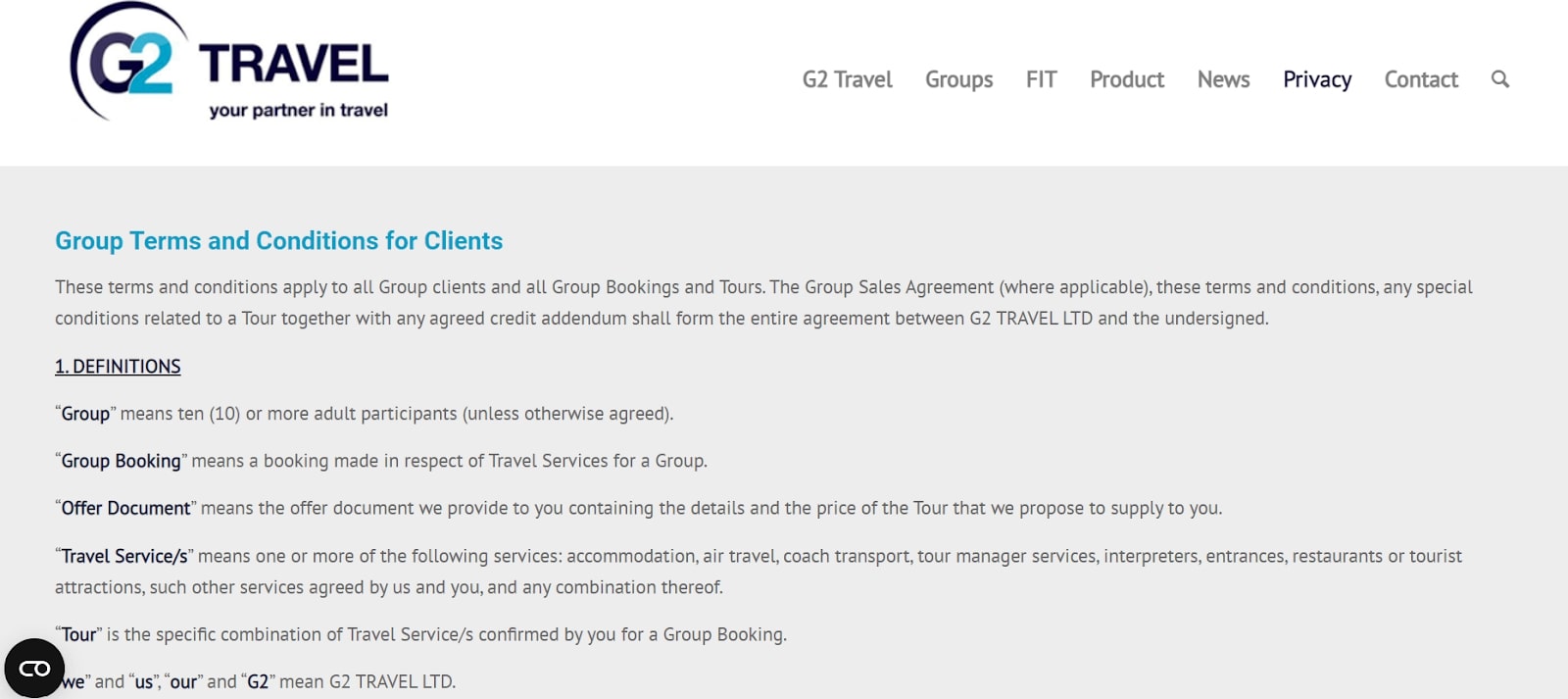
Table of Contents
Group travel can be a very rewarding experience, whether you’re planning a family reunion, a business retreat, or a destination wedding. But as a tour operator, it can be hard to find the right price that attracts bigger groups of travelers while still making a profit.
This is where group pricing strategies come in. By giving discounts and other benefits to groups, you can get more bookings and build customer loyalty. In this piece, we’ll talk about the importance of group pricing strategy for tours business in the travel industry and how they can help you grow your business.
So, whether you’re a seasoned tour operator or just starting out, keep reading to find out how to attract and encourage bookings from bigger groups of travelers!
Understanding Group Pricing Strategies
Group pricing strategies involve offering discounted rates or packages for bookings made by a certain number of travelers. But what exactly does that mean, and how can you implement these strategies effectively?
What is the group pricing?

As part of a group pricing strategy, you might offer discounted rates or packages to visitors who book a certain number of rooms. The idea is to get bigger groups to book with you by giving them discounts or other perks that they wouldn’t get if they booked individually.
For example, a hotel might give groups of 10 or more people a 10% discount on room rates.
For groups of 20 or more, a tour company might give a free tour guide.
For groups of 50 or more, a theme park might offer a custom package with discounted entry, food, and souvenirs.
Different Types of Group Pricing Strategies

There are many ways to set prices for groups. Which one works best for you depends on how your business works and what your customers want. Here are just a few examples:
- Percentage-based discounts: This type of discount offers a percentage off the total cost of the booking. For example, you might offer a 10% discount for groups of 10 or more.
- Fixed amount discounts: This type of discount offers a set dollar amount off the total cost of the booking. For example, you might offer a $100 discount for groups of 20 or more.
- Freebies: This group pricing strategy involves offering something for free when several travelers book together. For example, you might offer a free tour guide or a free meal for groups of a certain size.
- Customized packages: This type of group pricing strategy involves creating a package that includes discounted rates on multiple items, such as hotel rooms, meals, and activities. For example, you might offer a package that includes discounted hotel rooms, admission to local attractions, and transportation to and from the airport.
Factors to Consider

When determining the best group pricing strategy for your business, it’s important to consider several factors. By considering these factors, you can create a group pricing strategy that meets the needs of your business and your customers:
- Market research: What are your competitors offering? What do customers in your target market expect?
- Competitor analysis: How do your competitors structure their group pricing strategies? What works and what doesn’t?
- Customer preferences: What kind of group discounts do your customers prefer? Do they want a percentage off or a fixed amount discount?
- Business goals: What are your revenue and profit goals? How can you structure your group pricing strategy to help you achieve them?
Evaluating the Pros and Cons of Group Pricing Strategies
When it comes to group pricing strategies, there are both advantages and disadvantages to consider. Let’s take a closer look at both:
Pros:
There are several advantages to using group pricing strategies in your travel business, including:
- Increased revenue from larger bookings: By offering group discounts, you can encourage larger groups to book with you, resulting in higher revenue per booking.
For example, a tour company offers a 15% discount on bookings for groups of 10 or more. A group of 15 people decides to book, resulting in a higher revenue per booking than individual bookings. - Higher customer satisfaction: Group discounts can make your customers feel appreciated and valued, leading to higher satisfaction levels with your business.
For example, a hotel offers a complimentary breakfast for groups of 20 or more. The group members appreciate the gesture and leave positive reviews, leading to higher customer satisfaction ratings. - Potential for repeat business: Satisfied group customers are more likely to book with you again, which can lead to repeat business and increased customer loyalty.
For example, an activity provider offers a loyalty program that rewards groups for repeat bookings. This encourages repeat business and builds customer loyalty.

Cons:
While group pricing strategies can be beneficial, there are also some potential disadvantages to consider, including:
- Potential loss of revenue from discounted rates: Offering discounts to groups can result in a loss of revenue, particularly if the discounts are too steep.
For example, a tour company offers a 50% discount to groups of 50 or more. While this might attract larger groups, it can result in a significant loss of revenue per booking. - Increased operational costs: Additional services, such as tour guides or complimentary meals, can increase operational costs.
For example, a hotel offers a complimentary shuttle service to groups of 30 or more. While this may be a nice perk for group customers, it can increase operational costs. - Potential impact on profit margins: If the discounts offered to groups are too large, it can hurt profit margins.
For example, an activity provider offers a 20% discount to groups of 10 or more. While this may attract more bookings, it can also result in a lower profit margin if the discount is too large.

Designing an Effective Group Pricing Strategy
Analyzing the target market and customer preferences

This includes looking at the characteristics of the target market and the preferences of customers to find the best group pricing strategy. For example, if the target market is mostly budget-conscious travelers, a discount based on a portion of the total booking cost may be more appealing.
On the other hand, if the target market is high-end travelers, a fixed discount may be more successful. This is because they may need to be more responsive to price points.
Here is a case study to show: An adventure travel company caters to younger travelers who are interested in eco-friendly and sustainable travel choices. To attract this type of customer, they offer a custom plan with a discount for groups of 6 or more people and carbon offsets for each traveler.
This approach works because it fits with what the target market values and wants.
Boost your revenue with our group pricing strategy! Harness the power of the WordPress travel booking engine by TravelerWP to attract and cater to group bookings like never before. Design an effective pricing strategy now. Visit our website and maximize your group bookings today!
Assessing the potential impact

It’s important to think about how different tactics for group pricing might affect sales, profit margins, and operational costs. This will help the business figure out the best way to set prices. For example, a discount based on a percentage may lead to more bookings but less money per ticket. A fixed-amount deal, on the other hand, may bring in more money per booking but less business overall.
Here’s an example to show what I mean: A tour company is thinking about giving groups of 8 or more people a 10% discount. To figure out how this strategy might change things, they look at the revenue and profit margin of past bookings and compare it to what they think the revenue and profit margin will be if they use the group price strategy.
Even though the discount may mean less money per ticket, it is likely to increase the number of bookings, which will lead to more money in the long run.
Setting clear terms and conditions

It is important to set clear rules for the group pricing plan so that customers don’t get confused or think something else is going on. This includes saying how many people are in the group, when they can book, when they can travel, and if there are any other conditions, like a deposit or minimum stay.
Here’s an example to show what I mean: A hotel gives a set discount to groups that book at least 10 rooms and stay at least 3 nights. They make it clear that you can only book 6 months before your stay, and that you can only travel on weekdays during the low season.
They also need a deposit of 50% of the total cost of the ticket to hold the spot. This plan makes sure that the hotel can get as many guests as possible during the slow season without losing money.
Promoting the Group Pricing Strategy

It’s important to have a full marketing plan for your group pricing approach when you’re trying to get the word out. This means figuring out how to get your message to the people you want to reach and making messages that will connect with them. Here are some ways to get the word out about your plan for group pricing:
- Developing a comprehensive marketing plan: To reach possible customers, a full marketing plan should use both digital and traditional channels. This could include email campaigns, ads on social media sites, ads on specific websites, and paper ads.
- Creating compelling marketing messages: Your marketing messages should talk about how the group pricing approach saves money and gives you more benefits. You can get people to buy from you by using images, words, and calls to action that are convincing. For example, you could make an ad about how fun and memorable group travel is and how much money you can save by booking as a group.
- Using recommendations and reviews: Recommendations and reviews from groups that have already stayed at your hotel can help potential customers trust and believe in you. You can show off the good things that groups have done in the past by sharing their stories on your website or social media. For example, you could share a quote from a past customer who bragged about how much money they saved by booking as a group.
Monitoring and Adjusting the Group Pricing Strategy
Monitoring and adjusting the group pricing strategy ensures its effectiveness and success. Here are some ways to do this:
- Tracking the performance: Analytics and metrics should be used to track the performance of the group pricing strategy. For example, a company may monitor booking conversion rates, revenue generated from group bookings, and customer feedback to evaluate the success of its group pricing strategy.
- Gathering feedback: Feedback from group travelers is essential to assess their satisfaction, preferences, and suggestions for improvement. This can be done through surveys or post-travel interviews. The collected feedback can identify areas that need improvement and inform future adjustments to the group pricing strategy.
- Making adjustments: Based on the feedback received and the company’s business goals, adjustments can be made to the group pricing strategy to optimize its effectiveness. For example, a company may adjust the discount percentage offered to groups, add more value-added services to their packages, or change the terms and conditions of the offer.

Do you still have questions about how to keep an eye on and change your price strategy? Don’t worry, I’ll give you an example to show you how easy it is:
Let’s say you’re a travel service. You give a 10% deal to groups of 10 or more people who book through you. One day, you look at how this group pricing plan is working and see that the rate of group bookings is lower than you thought it would be.
So you decide to talk to the group travelers to find out what’s wrong. You find out that many groups were interested in the discount from customer comments. Still, the times they were given did not work for them.
Based on this feedback, your agency changed the terms and conditions of the offer so that travel times could be more flexible. This will make it easier for people to book and bring in more money from group orders.
Conclusion
Group pricing strategies can be an effective way for businesses to increase revenue and customer satisfaction. By analyzing target markets, assessing potential impact, setting clear terms and conditions, promoting the strategy, and monitoring. And adjusting as needed, businesses can design an effective group pricing strategy that meets their goals and satisfies their customers.
If you are a business owner or manager, consider implementing a group pricing strategy to take advantage of these benefits. Feel free to experiment with different approaches and adjust based on feedback and data analysis. With the right approach, group pricing strategies can help your business thrive!
